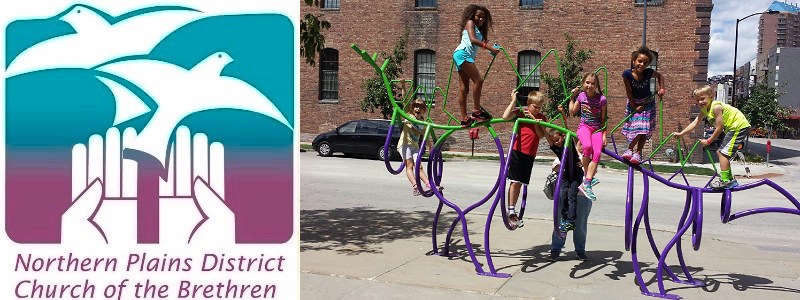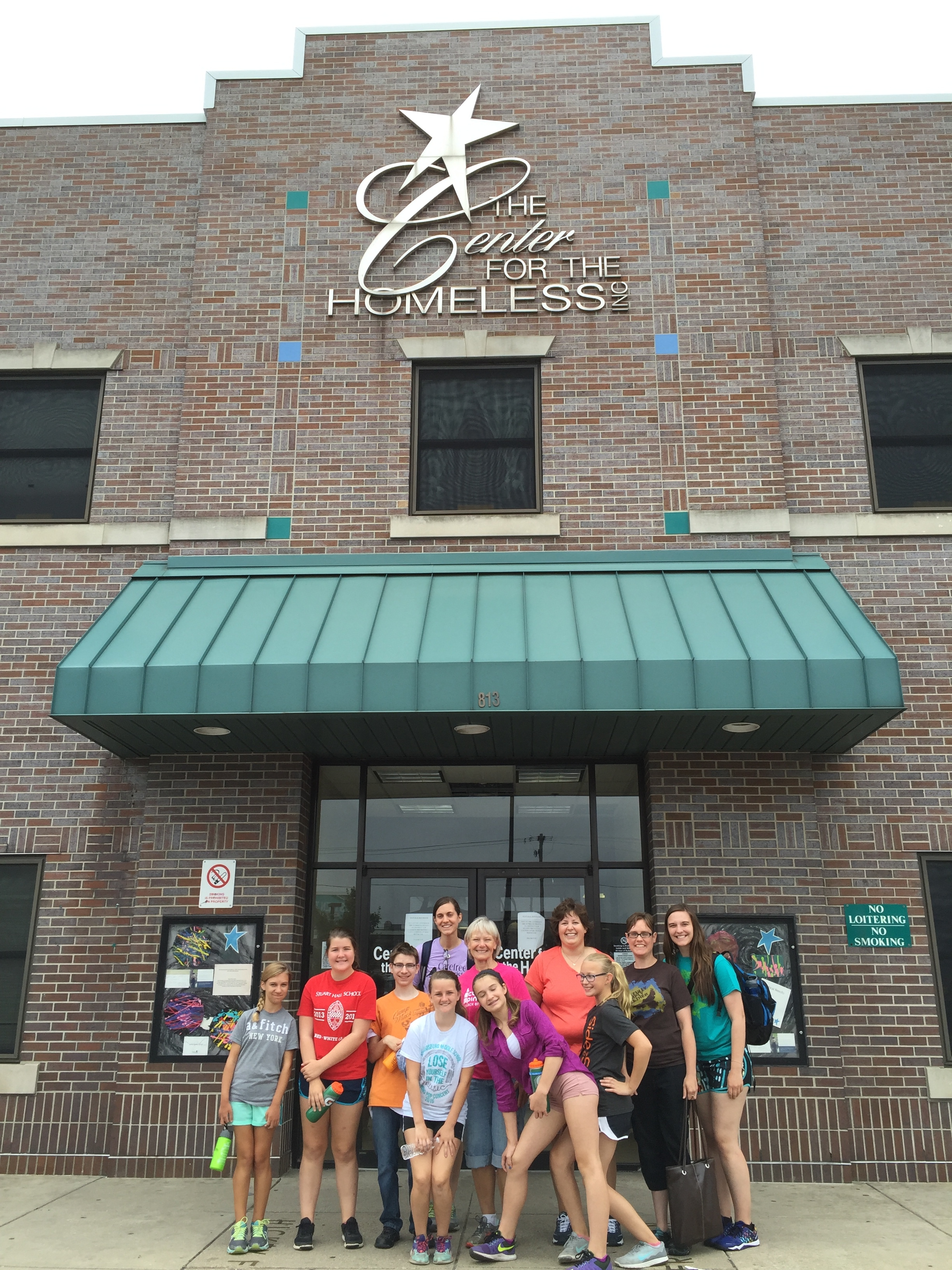District News & Announcements – September 2016
District News & Announcements
September 2016
In this issue
- District Conference Review
- In Our Prayers: Lois Hoffert (1923-2016)
- Message from the Moderator
- District Board Reorganization 2016-2017
- All Ages Camp
- Ventures Webinar
- Robins Final Worship
- Sending of the Seventy Workshop
- Heritage Tour
- Work Camp Reflections
- Did You Know: North Dakota, Montana, and Minnesota History
- Leadership Development Musings
- Holiness in Our Midst
- Greene Church Gift Bags
- Anniversary Fundraiser
- Annual Conference Ballot
- Peace Day
Calendar of Events | District Staff & Leadership Contacts | Documents & Resources
Banner photo: District children pose outside the Science Center of Des Moines during District Conference. Send in your photos for future newsletters! Emailcommunications@nplains.org.











